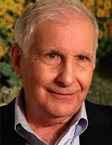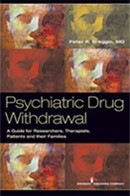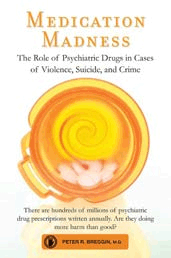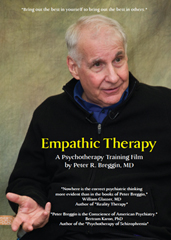Alert 88: What To Say When Debating ECT?
I have posted a new response on Mad in America to my colleagues who still think there must be some place for ECT in “extreme cases” and that surely “some people” have been helped or “back in my training I saw two patients who were helped.” Find my new March 3, 2019 blog here.
For my Frequent Alert readers, I want to make an additional suggestion of what you might say to someone who defends ECT even the slightest little bit. When dealing with someone who fancies themselves knowledgeable or even a professional in the mental health field, and who defends ECT, you might say something like this:
“Perhaps we are talking about something else other than real ECT. So I want you to imagine that you must write a prescription for modern ECT. I want you to imagine signing it at the bottom:”
Rx: Prescription for Electrically-Induced Severe Traumatic Brain Injury (TBI) (Severe): 8-12 routine TBI to be administered twice or three-time per week with additional numbers to be determined. The Machine must require use of 800 ma of current (10 x the minimum required for ‘old-fashioned’ ECT). The patient must be rendered instantly unconscious and then deeply comatose and unresponsive to pain. The EEG must show a violent seizure, preferably followed by a temporary flatlining of the EEG (an indicator of impending brain death) as a useful indicator for a sufficiently strong seizure. The seizure must be prolonged. Anything less will require an immediate second administration with higher charge or energy dosage to inflict an even more severe TBI.
General anesthesia is required to prevent breaking of bones in the limbs and spine as a result of the unusually severe seizures.
The patient will experience obliteration of memory for each traumatic event accompanied by varying degrees of acute confusion and disorientation on awakening, headache, and often nausea or vomiting, consistent with head injury, requiring minutes to hours for gross recovery. Most will “complain” of lifelong memory dysfunction. In sum, the acute TBI must be severe.
Post-TBI symptoms will increase with each TBI, potentially inflicting vast memory gaps (American Psychiatric Association Task Force on ECT, 2001, p. 72) and brain damage, as recently acknowledged by a leading manufacturer of ECT.
Signed, XXXX XXXX [a shock advocate]
If these people who see some use for ECT would reject signing such a prescription, they may say it exaggerates. Refer them to Dr. Peter Breggin’s free ECT Resource Center. The harmful effects of ECT are much worse than I could capture in my brief made-up prescription for it.
Peter R. Breggin, MD






